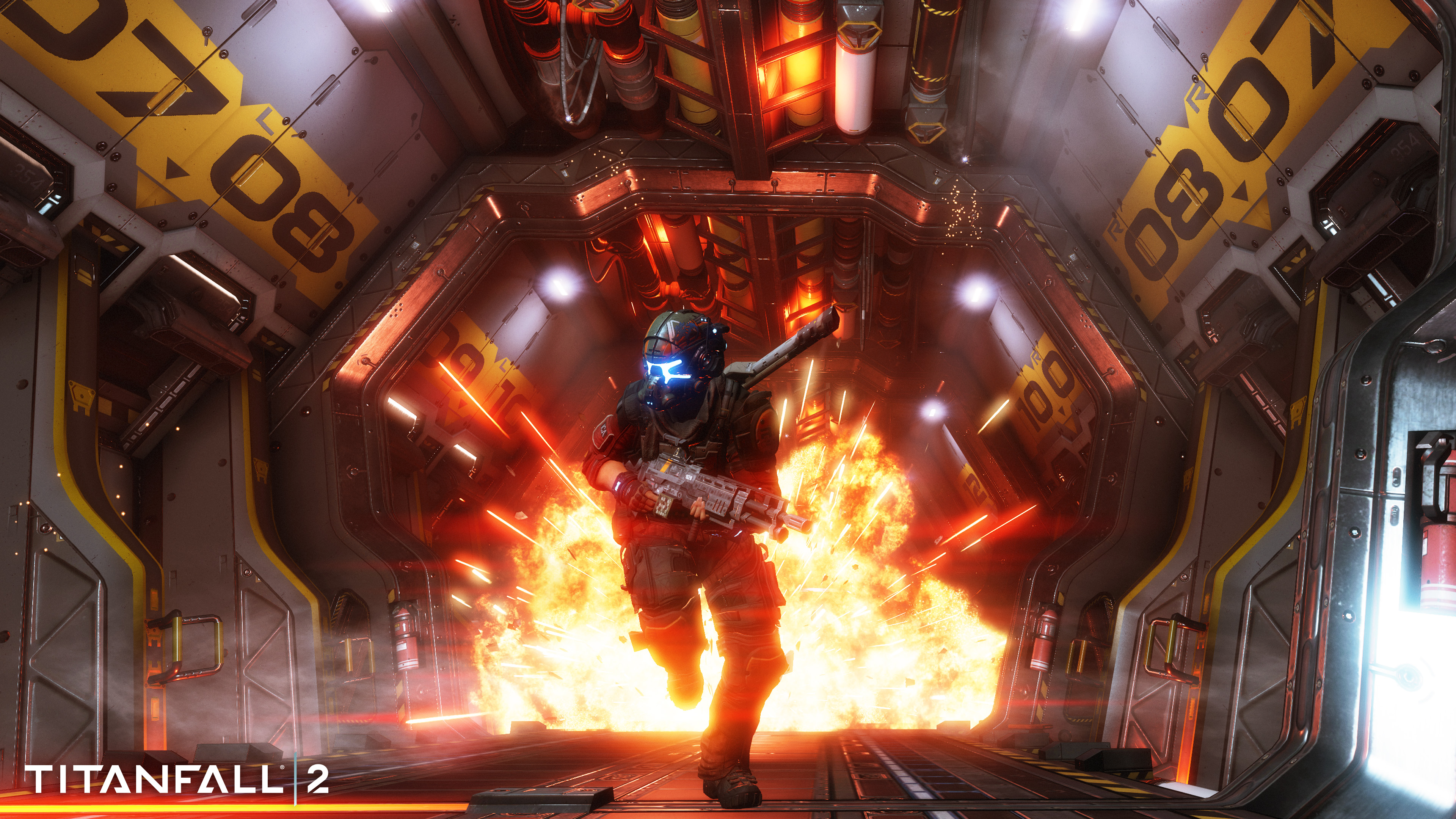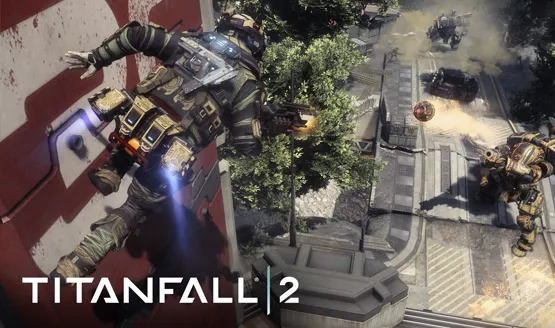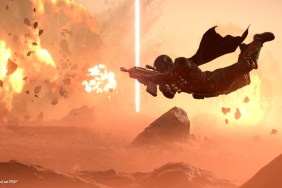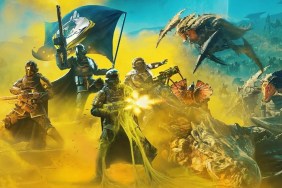Respawn Entertainment shook up the first-person shooter genre with the release of the original Titanfall on the Xbox 360, Xbox One and PC platforms in 2014. We spent two days in Hollywood, CA at the historic Hollywood Roosevelt hotel to get our grubby hands on the sequel Titanfall 2, and have our multiplayer impressions ready for your perusal.
Beefy Titans on Beefy Tech
First, some technical mumbo jumbo to give you an idea of what we played multiplayer on. We were set up on beefy Windows 10 PCs. Think Intel Core i7 6700K processors at 4.01 GHz, grouped with 32 GB of RAM, TB SSDs, and the drool-worthy NVIDIA GTX 1080 GPU outputting buttery-smooth frames in glorious 2560×1440 resolution, while simultaneously recording in 1080p. Translation: the game will never look this good on the PS4 (or even the PS4 Pro). However, the core of the game’s mechanics don’t change from platform to platform, so this was still a good way to get a large chunk of time testing out the game’s multiplayer.
Titanfall 2‘s main hook that separates it from all the other shooters out there is partially in its title. The Titans, which are mechanized combat suits, are essentially walking exosuits which give you enhanced abilities for as long as you can stay inside them. Whereas most games only give you the most powerful weapons after a killstreak, or leveling up multiple times, Titanfall 2 gives everyone access to their Titan, eventually. A meter slowly builds up over time throughout matches that feature Titans; perform kills or capture objectives, and that meters boosts up more quickly. Once it’s at 100%, you can either call in your Titan to any uncovered area on the map, or spawn into the map already in a Titan if you are killed. You can even call in your Titan over an enemy Titan and crush it, which looks as awesome as it sounds.
There are six Titans to become familiar with in multiplayer. First is Ion, who was available during the tech test, and features a laser and shield, paired with a Laser Core which can fry almost any enemy once charged. Scorch was also back, a fire-based Titan who has a slower-firing launcher which is good for area damage, especially when combined with its Flame Core, scorching the area. Tone was one of my favorite Titans, with a Tracker Rocket gun: each time you hit an enemy, you do some damage and acquire a lock; acquire enough locks, and you can press R1 to unleash a wave of rockets which will quickly decimate your enemy’s health. Northstar uses a high-powered rifle which can be charged up for maximum damage from a distance, and if you’re being chased you can lay down a trap to snare would-be pursuers and turn the hunter into the hunted. I never quite got the hang of Ronin, which could do heavy damage but also had less health than other Titans; it is also one of the flashier Titans, with an electric attack and the ability to Phase Dash out of danger or to surprise unsuspecting victims. Finally, Legion features a minigun, which naturally takes some time to wind up, but can deal a decent amount of damage in a short amount of time. Its Smart Core power ensures locked-on hits, and is one worth charging up.
Varied Modes
Titanfall 2 features several different multiplayer game modes — some traditional, others unique to this game. Skirmish is your basic Team Deathmatch — the first team to a certain score or have the most points after the match times out is the winner. Amped Hardpoint features control points, and its name stems from the fact that each control point can be captured, and then “amped” to earn your team points at a faster rate. Pilots vs. Pilots is a Team Deathmatch with no ability to summon a Titan, which makes the game feel more like a traditional FPS like Call of Duty or Battlefield (without vehicles). It’s a more tame game mode, but with full access to Pilots’ abilities, it’s still faster-paced than those other games.
Bounty Hunt tasks you with earning money by scoring kills, and much more money by taking out designated targets before anyone else. In between waves of AI enemies who were also worth some cash, banks would open up at certain areas in the map. You were then tasked with rushing over to these banks, and then dumping your earned cash, which naturally left you vulnerable for a few seconds. If you are killed, half of the cash on you is handed over to your killer, which is why it is wise to deposit your money as soon as you can. This mode made each death much more painful than in other modes, because you could lose hundreds of dollars in an instant, just feet from a bank.
Last Titan Standing is a mode that starts everyone out in Titans, and like the name implies you only have one life. The first team to destroy all of the enemy team’s Titans wins. One crucial aspect that gave this game mode some extra life was the fact that you could still leave your Titan. This would come in handy if your Titan was damaged and you wanted to pick up a battery, which was helpfully highlighted for you to find. Naturally, when you leave your Titan you are considerably easier to kill against an enemy Titan, so there is a risk/reward system in play here as well.
And there’s Attrition, which is the fan-favorite mode from the first Titanfall. It consisted of two sides fighting each other while AI littered the map, and could very well be the mode that everyone plays come launch.
Something Completely Different
The last mode that some of us played was the extra mode Coliseum. This is a 1-vs-1 mode where you are each given modified weapons — an energy grenade launcher and what is essentially a railgun. You also have the Phase Shift ability, where you can enter an alternate reality and cannot be damaged, but you can also not attack. This is used to recover health or get the drop on your enemy. You are placed at opposite ends of a domed arena in a best-of-three match. This is a fast-paced mode that costs some of the in-game currency to play, with a reward of a special unlockable if you win the match. It almost felt like a match of Quake III Arena in its speed and energy, and was a welcome change of pace from the rest of the day’s modes.
Each of Titanfall 2‘s main multiplayer game modes also has an “Epilogue,” whereby the losing team can attempt to reach a rescue ship. Everyone is limited to one life during this post-game scenario, though there is a short window of time after the Epilogue begins during which you can respawn once. The winning team can either attempt to kill those trying to reach the rescue ship, or try and destroy the rescue ship itself, which has a ton of health. Doing so kills anyone onboard, and denies those left behind from acquiring extra points that they would have if they had been able to evacuate. It’s a small consolation that makes you feel a little better about your loss, if you manage to make it out alive.
Titanfall 2 feels like it has some solid legs to stand on, longevity-wise. The Titans are a legitimate part of many game modes’ strategy, and while powerful, they are not overly so. It is entirely possible for a squad of well-coordinated pilots to take down a Titan. The grappling hook plays a key part in this, since you can grapple onto an enemy Titan and take out a power cell or throw a grenade right into it; this has its own set of risks, however, since Titans do have some countermeasures to take you out.
Deadly Utility
Speaking of the grappling hook, this nifty gadget adds some utility to your mobility. Levels are built with verticality in mind. The grappling hook allows you to take some unique vantage points, though players quickly learn to remember to look up as they run around levels, forcing you to get extra creative about where you take your shots from. Most areas can also be reached via the jump boosts that every Pilot has available. This enables double-jumps and wallrunning, or with some loadouts the ability to hover while aiming down the sights. Wallrunning takes some getting used to if you’ve never done it in other games, but once you adapt it can feel pretty badass. Maps are large and designed with the extra verticality mentioned earlier, and mid-air battles were a common sight during our time with the multiplayer.
Titanfall 2 features varied loadouts. There are multiple types of grenades which can be unlocked by leveling your character up. We were fast-forwarded around halfway through the day to Pilot level 50, so that we could see end-game equipment. A fully leveled-up weapon can be equipped with multiple accessories, including larger magazines, better sights/scopes, and so much more. Remote charges, vortex grenades, and even your choice of melee stealth kill were available as upgrades, which you could unlock at a certain level or pay for with some in-game currency earned elsewhere. There is a long tail to Titanfall 2‘s unlockable content, and it should see many people coming back for just one more round to unlock their next piece of kit.
So is Titanfall 2 destined to be a big name amongst first-person shooter fans? It seems to be that way. Respawn Entertainment has been listening to fan feedback, and while they did use some of their resources to create a single-player campaign (more on that in a few days!), it didn’t appear to take away from the game’s solid multiplayer options. With a healthy list of unlockable weapons, accessories, gadgets, abilities, and three customization slots for both your pilot and Titan, there is always a carrot dangling in front of you, and it will take easily a lot of hours to unlock absolutely everything that the game has to offer.
Be sure to follow PlayStation LifeStyle for much more coverage of Titanfall 2 next week!
Titanfall 2 Official Images Reveal
-
Titanfall 2

-
Titanfall 2
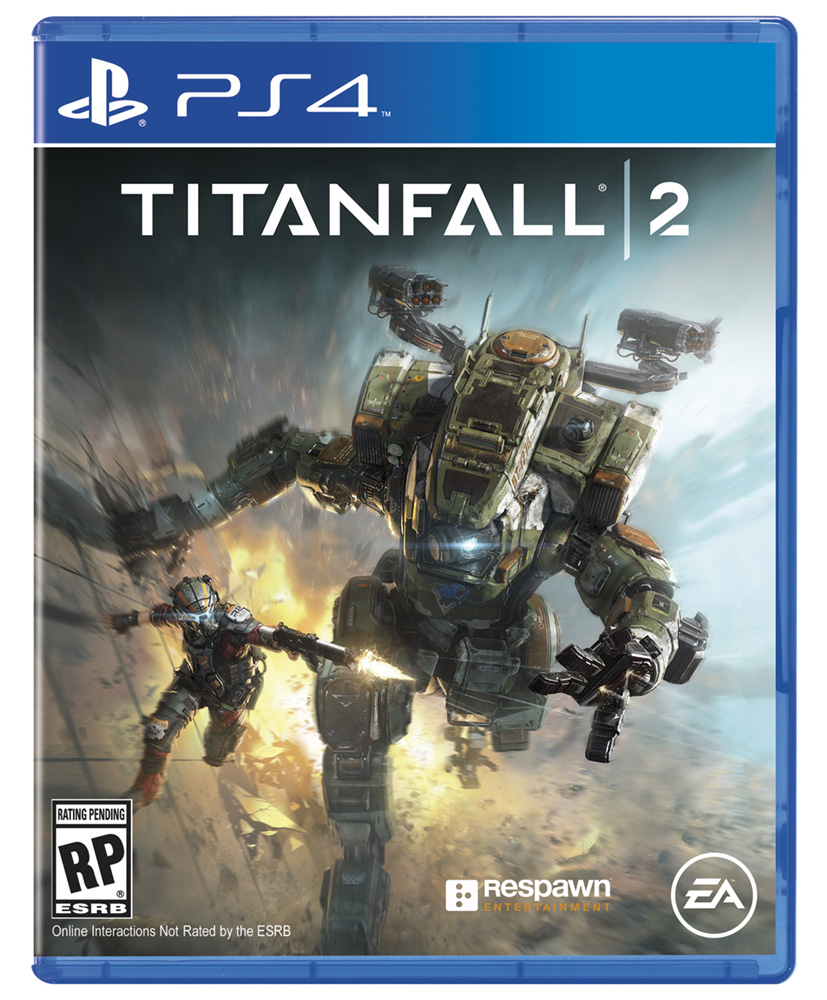
-
Titanfall 2

-
Titanfall 2
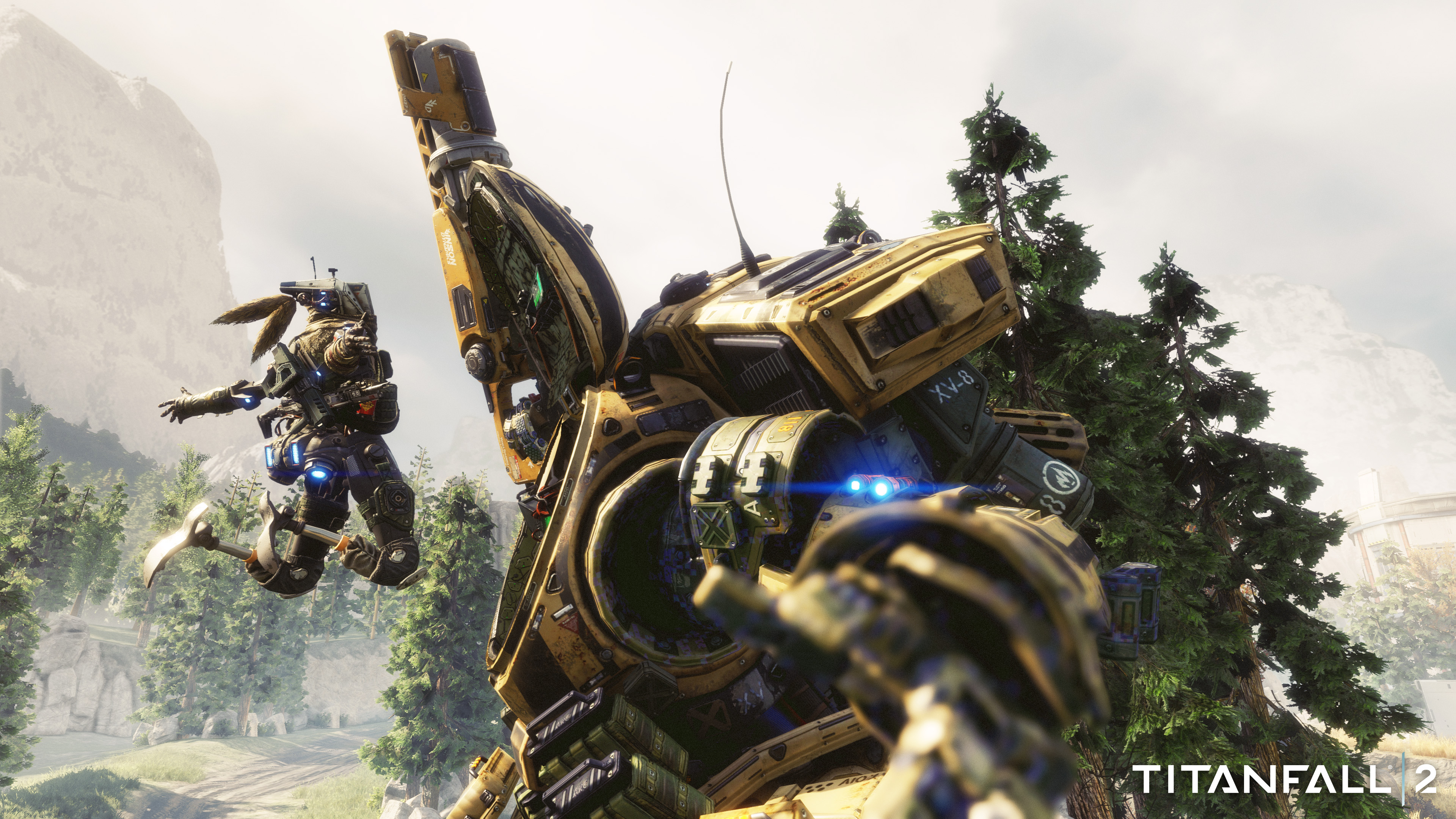
-
Titanfall 2
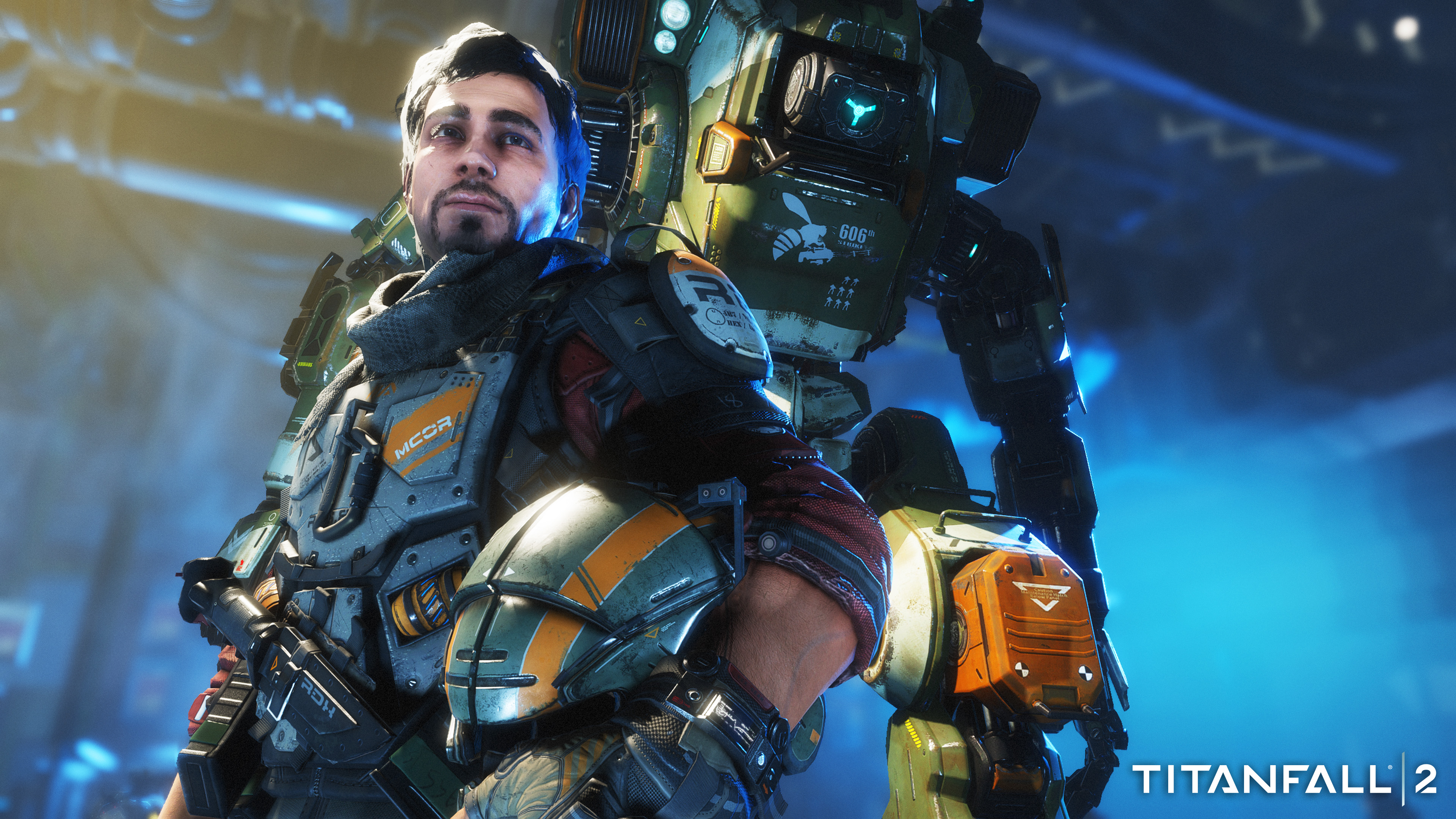
-
Titanfall 2
